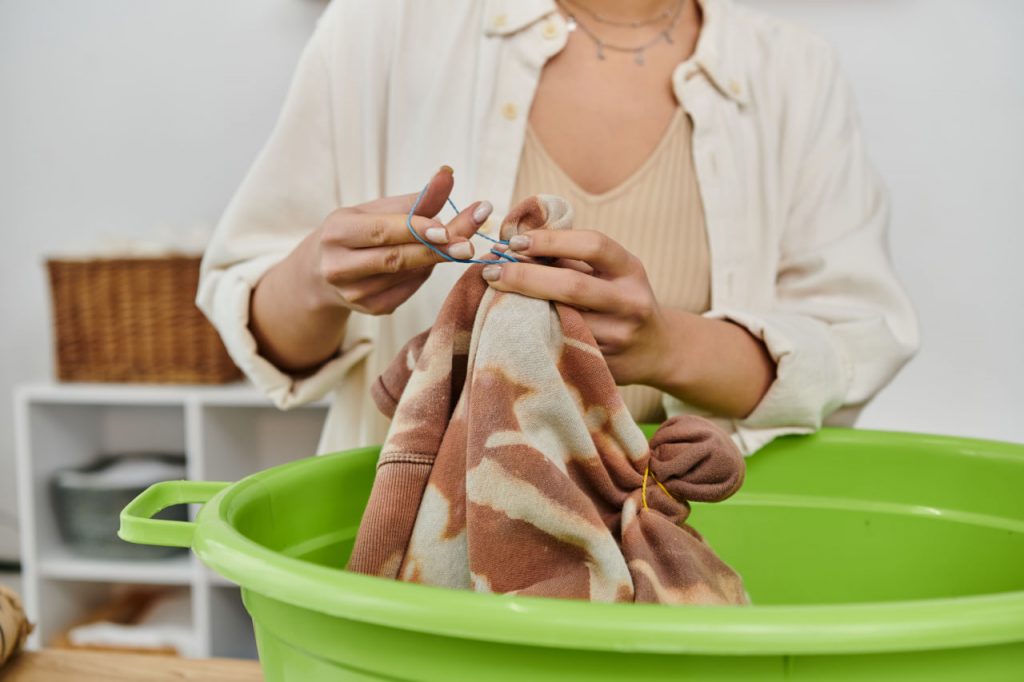Color is everywhere, but we rarely stop to wonder where it comes from — or what it could be. In the modern world, we’re surrounded by synthetic dyes, fast fashion, and industrial pigments. But beneath this surface lies an older, slower, and far more magical tradition: the art of natural dyeing.
Long before laboratories and factories, people turned to the land for color. They learned to draw soft pinks from avocado skins, burnished golds from onion peels, and deep indigo from fermented leaves. Each hue was the result of knowledge passed down through generations, shaped by geography, climate, and curiosity.
What’s astonishing is how accessible this ancient craft remains. The humble black bean can yield a gradient of dusty blues and purples, depending on the water used. Turmeric root creates an electric yellow, vibrant and sun-like. Even fallen leaves or garden weeds can surprise you with delicate shades of brown, olive, or rust.
Natural dyeing isn’t just about technique — it’s about relationship. With the seasons, with local plants, and with the objects we choose to wear. It invites you to slow down and notice what’s growing around you. To ask questions like: What color lives inside this petal? What happens if I combine this root with iron water? Each answer leads to more discovery.
In our courses, we teach how to prepare fabrics for dyeing, how to create lasting colors, and how to experiment safely with household materials. No fancy studio required — just a pot, some fabric, and a willingness to play. Students often say the process becomes meditative: stirring a simmering dye bath, watching the shades evolve, and feeling the excitement of pulling out a cloth transformed.
There’s also something deeply sustainable about using what you have. Natural dyeing encourages reuse, careful sourcing, and respect for materials. You’re not just coloring cloth — you’re participating in a cycle of life, decay, and renewal.
Whether you’re an artist, a maker, or simply someone drawn to the quiet beauty of nature, plant dyeing offers a path back to intention. And the best part? The palette is endless — and growing all around you.

